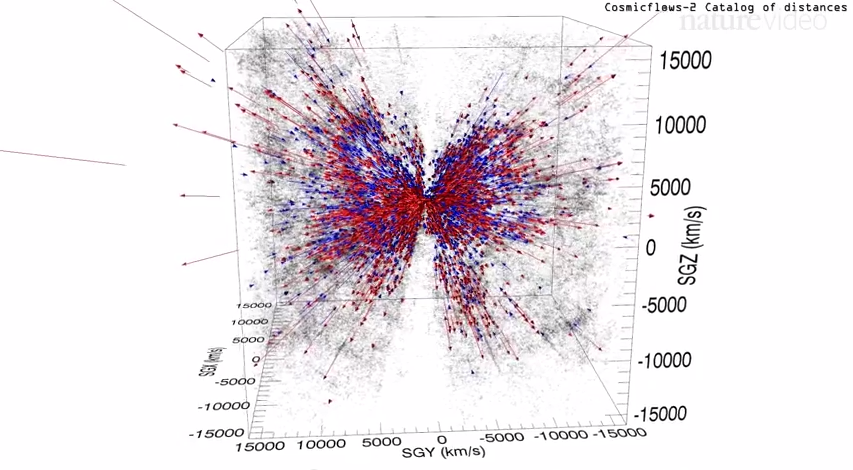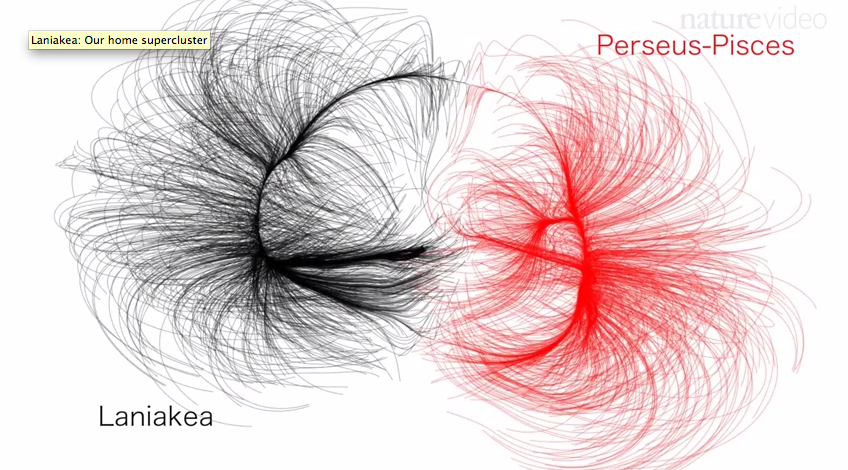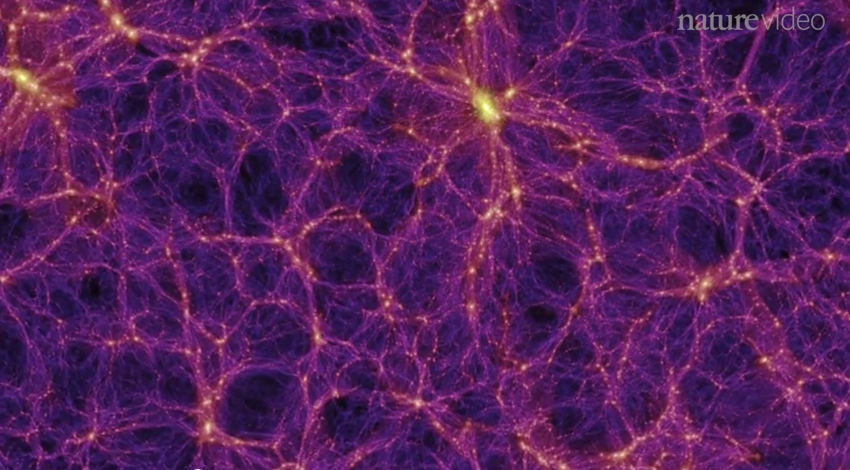Key Takeaways:
- The Milky Way isn’t just part of a small group of galaxies, it belongs to a giant supercluster called Laniakea, spanning 500 million light-years and containing over 100,000 galaxies!
- Scientists mapped Laniakea by studying the movement of thousands of nearby galaxies, some pulled together by gravity.
- A particularly dense region within Laniakea, called the Great Attractor, is pulling our Milky Way and many other galaxies towards it.
- Laniakea dwarfs previous estimates of our local galactic neighborhood, the Virgo Supercluster, which is just a part of it.
- Laniakea is just one supercluster in a vast universe with many more, highlighting the immense scale of the cosmos.
We are aware that the Milky Way galaxy contains both the Earth and the solar system. But among the billions of galaxies in the known universe, how precisely does the Milky Way fit in?
Scientists mapped thousands of nearby galaxies in a fascinating study published in Nature, and they found that the Milky Way is a member of an astoundingly massive “supercluster” of galaxies they called Laniakea.
Astronomers had no idea how much larger this structure actually was. Laniakea, which spans 500 million light years and has over 100,000 galaxies, resembles this (the Milky Way is only a dot on one of its outer edges on the right).

The scale of this is difficult to comprehend. Every single one of those light spots is a separate galaxy. Millions, billions, or even trillions of stars can be found in each galaxy. And to think, this is all just our tiny local area within a much larger cosmos. There are a large number of other galaxy superclusters.
Thus, how did the scientists discover the existence of this structure and differentiate it from other superclusters?
The scientists initially looked at the motion of about 8,000 galaxies in our neighborhood under the direction of R. Brent Tully of the University of Hawaii. They could map out specific patterns by doing this. Since the Big Bang, the universe has been expanding as a whole. But the team also found that gravity was pulling some galaxies toward each other.
This made it easier for them to create the graph below, which shows galaxies traveling away from us in red and toward us in blue.

This in turn allowed them to draw some boundaries and make a map of the paths that all galaxies are traveling along.
Some of the routes within our larger supercluster of galaxies are depicted on the map below. “The Great Attractor” (shown in red) is an exceptionally dense region that is gradually drawing the Milky Way and numerous other galaxies toward it:

This structure is much larger than anyone had imagined, which makes it interesting. For a very long time, scientists classified the Milky Way, Andromeda, and other nearby galaxies into the approximately 100 galaxy groups that made up the Virgo Supercluster.
However, as Tully and his associates discovered and the previously mentioned map illustrates, the Virgo Supercluster is merely a portion of the much larger supercluster Laniakea. (It is fitting that the name translates from Hawaiian to “immeasurable heavens”).
What occurs then if we extend our zoom? Laniakea borders Perseus-Pisces, another supercluster, according to the paper. The boundaries, according to the scientists, are the points at which galaxies continuously diverge:

What occurs if we extend our zoom even farther? Laniakea and Perseus-Pisces together constitute but a tiny portion of the vast cosmos. There are both empty spaces and closely spaced superclusters of galaxies in that universe. It appears as follows:

Not all known galaxy superclusters have been fully mapped out yet. However, we now have one for our personal home supercluster, which is undoubtedly just the beginning.
A great video from Nature analyzes the team’s findings.


